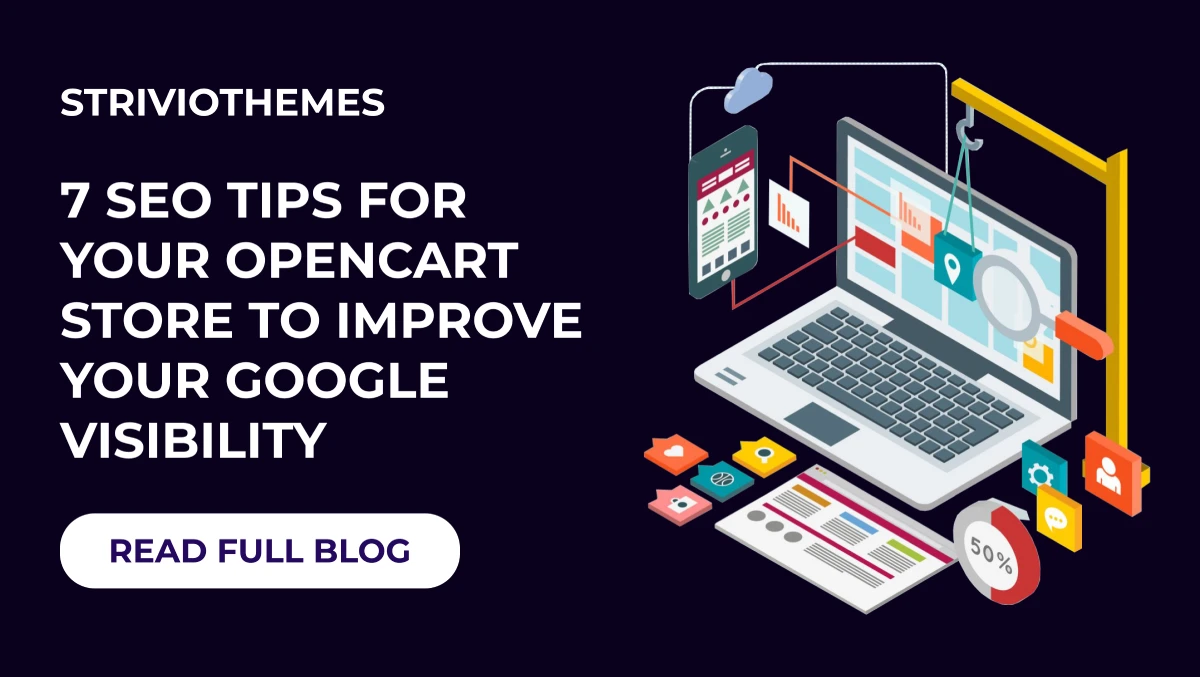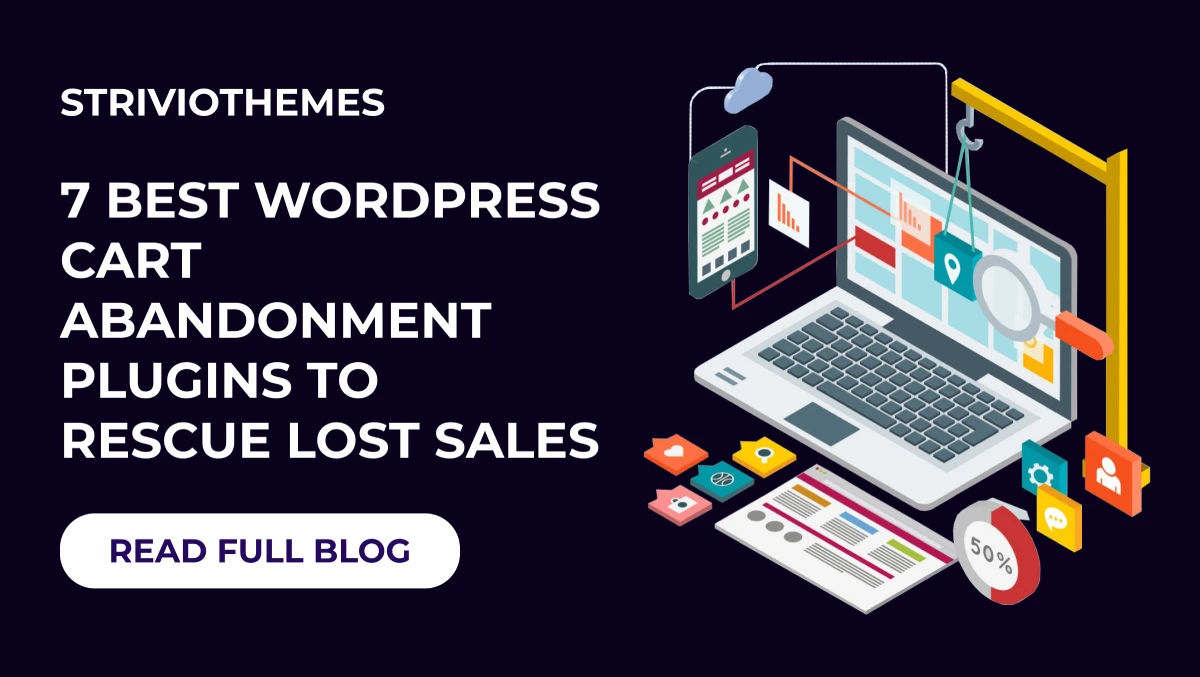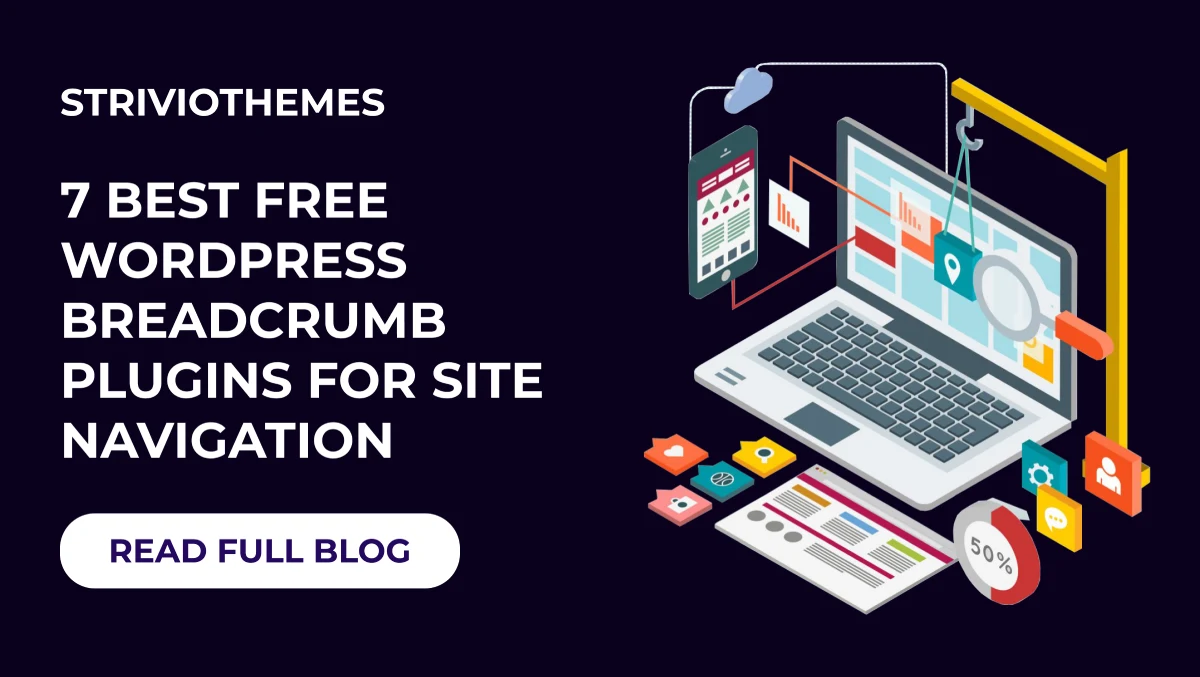Building a well-designed landing page is only part of the battle. No matter how visually appealing or persuasive, it means nothing without visitors. Driving traffic to your landing page is the critical second step—and the one that requires thoughtful strategy.
Whether you’re looking to promote a product, capture leads, or drive sign-ups, this guide will take you through actionable and proven tactics to draw an audience to your landing page.
What You’ll Learn:
- The role of content marketing in driving traffic
- Paid and organic strategies to increase visibility
- How to optimize your landing page for search engines
- Metrics to track for continuous improvement
Now, let’s get started with the strategies you can implement today!
The Foundation of a High-Traffic Landing Page
Before jumping into traffic strategies, ensure your landing page is worth visiting. Without a strong foundation, even the best traffic-driving tactics will fall flat.
1. Optimize for Speed and Functionality
No one likes waiting for a slow website, especially when attention spans are shrinking. Use tools like Google PageSpeed Insights to test your landing page’s load time and ensure it’s responsive across all devices. Visitors will bounce quickly if your page takes over 3 seconds to load.
2. Nail Your Call to Action (CTA)
Your landing page’s CTA is everything. Make sure it’s clear, enticing, and stands out visually. Use actionable language like “Get Started,” “Grow Your Business,“ or “Claim Your Free Trial“ to guide readers toward the next step.
Now that you’ve got a rock-solid landing page, it’s time to drive traffic to it.
Utilize Content Marketing
Content marketing is a cost-effective and sustainable way to attract visitors and build trust. Here’s how you can use it to your advantage.
3. Start a Blog
Creating blog content related to your niche can be a powerful way to increase traffic. For example, if your landing page offers a financial planning tool, you could publish articles like “10 Beginner Tips for Budgeting“ and naturally include CTAs linking to your landing page.
Use long-tail keywords when crafting blog posts. These are more specific and have lower competition, making it easier to rank in search engines. For instance, “best budget app for freelancers“ is more targeted (and realistic to rank for) than “budget app.“
4. Repurpose Content
Got an insightful blog post? Turn it into a video, infographic, or social media carousel. Repurposing high-performing content will multiply your engagement and ultimately send more visitors to your landing page.
5. Collaborate with Industry Influencers
Team up with bloggers, podcasters, and influencers who share your target audience. They can amplify your landing page to their followers, boosting visibility and credibility.
Leverage Paid Advertising
Sometimes, the fastest way to get traffic is by investing in paid ads. While this approach involves upfront costs, you can gain immediate visibility.
6. Run Pay-Per-Click (PPC) Campaigns
Google Ads and Bing Ads are excellent for targeting high-intent keywords related to your landing page’s offering. Bidding on terms like “best CRM software for startups“ ensures your page appears when people actively search for solutions.
7. Use Social Media Ads
Platforms like Facebook, Instagram, and LinkedIn offer powerful audience-targeting tools. You can narrow your ads based on age, location, job title, and interests.
For instance, an ad for your project management tool can be shown exclusively to entrepreneurs and team leaders within specific industries.
8. Retarget Visitors
Not every visitor converts on their first visit, so staying top-of-mind is important. Retargeting campaigns on platforms like Google Display Network and Facebook remind users of your landing page and encourage them to take action.
Explore Organic Social Media Strategies
Social media isn’t just for paid ads—it’s also an invaluable tool for driving organic traffic.
9. Share on All Platforms
Promote your landing page across the social platforms your audience frequents. LinkedIn might be your go-to if you’re targeting professionals, while Instagram could be more suitable for lifestyle products.
Include compelling captions with a clear CTA and preview the benefits users will gain by clicking the link.
10. Encourage User-Generated Content
Encourage customers or clients to share their experiences with your products or services. A tagged post or story mentioning your landing page can bring in visitors with minimal effort.
Capitalize on SEO
Search Engine Optimization (SEO) is one of the most sustainable ways to drive traffic over time. By optimizing your landing page to rank higher in SERPs, you generate consistent organic traffic without additional cost.
11. Target the Right Keywords
Conduct keyword research to find terms your target audience is searching for. A tool like SEMrush or Ahrefs can help you identify high-traffic, low-competition keywords related to your landing page.
Ensure that your primary keyword appears in the following places:
- Page title
- Header tags (H1, H2s)
- Meta description
- Alt tags for images
12. Optimize for Mobile and Local Search
Over half of all web traffic comes from mobile devices. Ensure your landing page design is responsive and easy to interact with on smaller screens.
Additionally, use location-based keywords if you’re targeting local traffic. For example, instead of “best gym software,“ use “best gym software in Chicago.“
Build an Email Marketing Funnel
Email remains one of the most effective ways to engage with an audience and drive them to your landing page.
13. Capture Leads
Offer free resources like eBooks or guides in exchange for a user’s email address. Once captured, you can nurture these leads with value-packed emails that naturally lead them to your landing page.
14. Segment Your Email Audience
Use segmentation to tailor your messaging. For instance, if someone signed up for your newsletter, you could send a friendly email introducing your services and linking to your landing page.
Key Metrics to Track
How do you know if your efforts are paying off? Here are some key metrics to monitor:
- Traffic Volume: Use tools like Google Analytics to measure the number of visitors to your landing page.
- Bounce Rate: A high bounce rate may indicate technical issues or a mismatch between expectations and content.
- Conversion Rate: The ultimate measure of success—track how many visitors complete your page’s desired action.
- Sources of Traffic: Determine whether your traffic comes from organic search, paid ads, emails, or social media efforts.
Make Every Click Count
Driving traffic to your landing page is more about experimentation than strategy. Not every tactic will work perfectly from the start, but by testing and iterating, you’ll refine your approach, gain insights, and ultimately see results.
Remember, attracting traffic is only step one. Ensure your landing page delivers value and nurtures potential customers toward conversion.
Want more expert tips to optimize your marketing campaigns? Subscribe to our newsletter or contact us to unlock the full potential of your landing pages.







